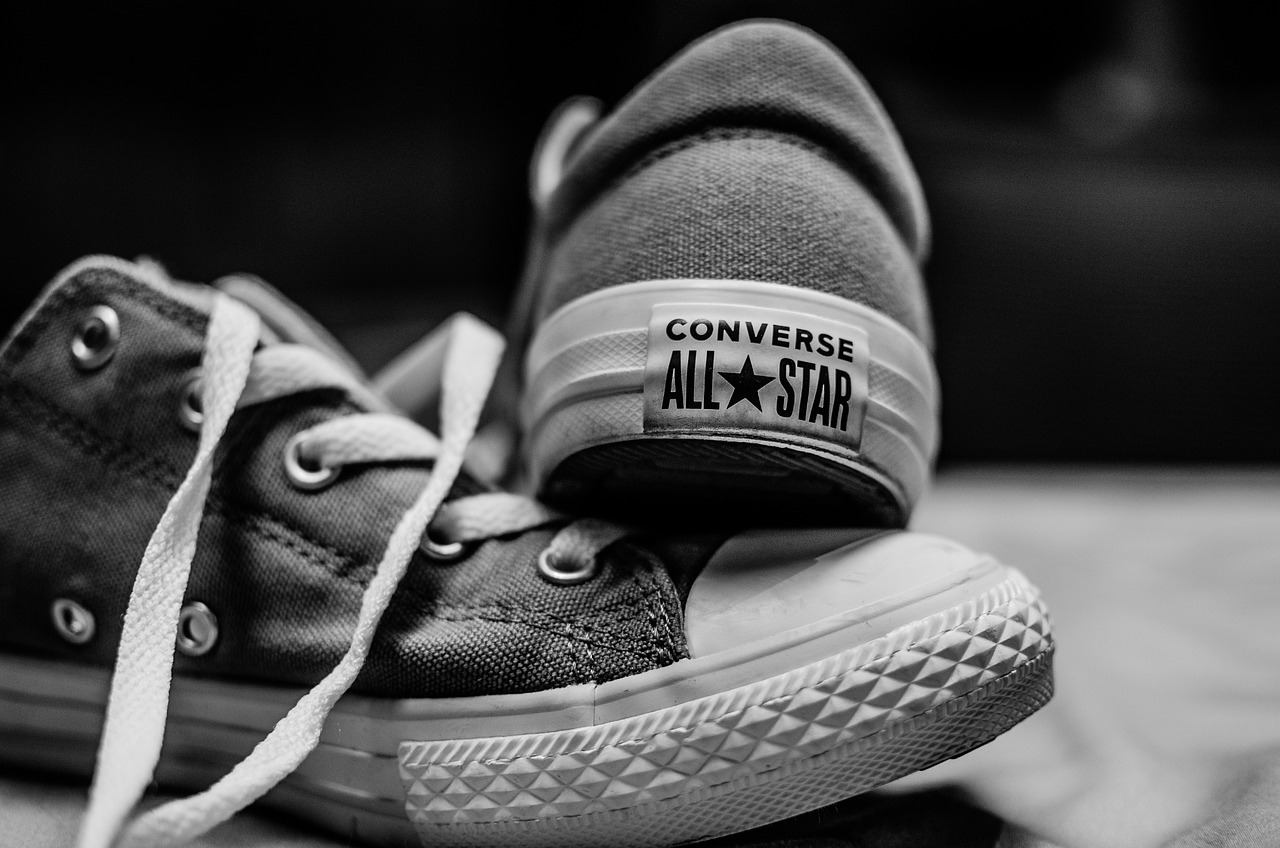Fashion and Climate Change: Strategies for Sustainable Fashion Consumption
Fast fashion refers to the rapid production of inexpensive clothing to meet the latest trends. Unfortunately, this approach has significant environmental consequences. The constant demand for new styles leads to excessive use of resources like water, energy, and chemicals in the production process. Additionally, fast fashion contributes to high levels of textile waste ending up in landfills, where they can take hundreds of years to decompose, releasing harmful toxins into the environment.
Moreover, the fast fashion industry often relies on cheap synthetic fabrics that are derived from non-renewable resources like petroleum. These materials not only contribute to carbon emissions during production but also generate microplastic pollution when washed, further harming marine life and ecosystems. The fast-paced nature of this approach also leads to exploitative labor practices and poor working conditions for garment workers in many developing countries.
The Rise of Sustainable Fashion Brands
Sustainable fashion brands are quickly gaining popularity in the fashion industry. Consumers are becoming more conscious of the environmental and social impact of their clothing choices, leading to a shift towards sustainable options. These brands prioritize ethical production practices, use eco-friendly materials, and promote transparency in their supply chain.
Moreover, sustainable fashion brands are not only focusing on environmental sustainability but also on social responsibility. Many of these brands are committed to fair labor practices, ensuring that garment workers are paid fairly and work in safe conditions. By promoting ethical treatment of workers and minimizing their environmental footprint, sustainable fashion brands are reshaping the industry and setting a new standard for responsible fashion production.
• Sustainable fashion brands prioritize ethical production practices
• They use eco-friendly materials in their clothing
• These brands promote transparency in their supply chain
• Many sustainable fashion brands are committed to fair labor practices
• They ensure garment workers are paid fairly and work in safe conditions
Ways to Reduce Clothing Waste
When it comes to reducing clothing waste, one effective approach is to invest in timeless and high-quality pieces that will withstand the test of time. By opting for durable items that are made to last, you can minimize the need for frequent replacements and ultimately reduce the amount of clothing that ends up in landfills.
Another key strategy is to embrace the concept of a minimalist wardrobe. By curating a collection of versatile and essential pieces that can be mixed and matched in various ways, you can avoid the temptation of constantly buying new items. This not only helps in reducing clothing waste but also encourages a more conscious approach to consuming fashion.
What is fast fashion and how does it impact the environment?
Fast fashion refers to the quick turnover of trends at low prices, resulting in a high volume of clothing production. This leads to increased waste, pollution, and exploitation of resources.
How are sustainable fashion brands different from fast fashion brands?
Sustainable fashion brands prioritize ethical and environmentally friendly practices in their production processes, using sustainable materials and reducing waste.
What are some ways individuals can reduce clothing waste?
Some ways to reduce clothing waste include buying quality pieces that will last longer, donating or recycling clothes instead of throwing them away, and supporting sustainable fashion brands.
Why is it important to reduce clothing waste?
Reducing clothing waste helps to minimize the environmental impact of the fashion industry, conserves resources, and promotes more sustainable consumption habits.







